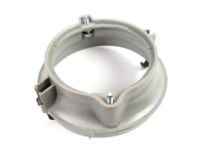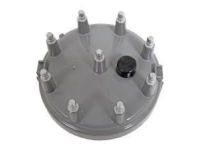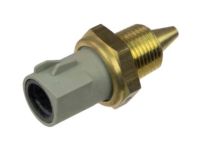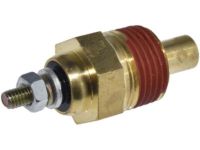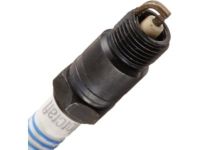The V8 engine has valve arrangement, left bank E-I-E-I-E-I-E-I and right bank I-E-I-E-I-E-I-E; the inline six-cylinder engine has the following valve arrangement, E-I-E-I-E-I-E-I-E-I-E. For V6 engines the cylinder arrangement is right bank I-E-I-E-I-E and left bank E-I-E-I-E-I. These engines, as a rule, do not have valve adjustments because hydraulic lifters cover lash, but if signs of excessive valve clearance appear, including loud noises from the lifter, a defective part should be checked. Engines generally do not require a valve adjustment and only call for one when a valve component fails e.g. hydraulic lifter problems, or when excessive wear is witnessed on the rocker arm. Any major work on the engine that modifies the relationships of the valve train components require adjustment of the dimensional differences and that is possible with shorter or longer pushrods. To find out the length of pushrod, join an auxiliary starter switch with the starter solenoid or manually turn the crankshaft. Place the piston in the number one cylinder at top dead centre on the compression stroke and then scribe the crankshaft at 0-degrees TDC. For V6 and V8 engines additional marks should be made at 180-degree and ninety degrees from the timing mark, for inline six clerks five space marks should be made at one hundred-twenty degree either side of the zero-timing mark. After the valve cover(s) has been removed, lifters should be compressed, that is achieved by fitting new lifters or by relieving existing lifters of internal oil pressure. When the number 1 piston is at Top Dead Center(TDC) use a lifter compressor tool on the number 1 intake rocker arm to pump down the lifter and then measure the rocker arm clearance to the valve stem tip by feeler gauge. If the clearance is higher than the specified one, the pushrod should be replaced by a longer one; if it is lower-by a shorter one. The same should be done to the number one exhaust valve. For inline six-cylinder engines, rotate the crankshaft in one-third revolution at a time and all intake and exhaust valves are to be adjusted in fire order sequence of 5-3-6-2-4-1. In cases of V6 engines, after inspecting the number one cylinder valves, inspect the number 3 intake and number 2 exhaust, then move to number 6 intake and number 4 exhaust all this without turning the crankshaft. Then turn the crankshaft by 360-degrees and inspect the valves according to the stated sequence. For 255 and 302 (5.0L) VB engines, after inspecting number one cylinder valves, examine the following other valves while turning the engine to Positions 2 and 3 as marked. The same applies to the 351 (5.8L) and 400 VB applications. For example if the number one cylinder valves on the 460 (7.5L) VB engine look good look at the other cylinder valves rotate the crankshaft further to Position 2 for further examination. Finally, the other engine parts should be re-fitted and running of the engine should be made, several minutes must be allowed after running of the engine, particularly if new lifters were use to take up the clearance. If other parts of the vehicle are all right but there is an imbalance on the valve lash problems, the lifter should be compressed with the special service tool and check the valve clearance.
Posted by FordPartsGiant Specialist 


